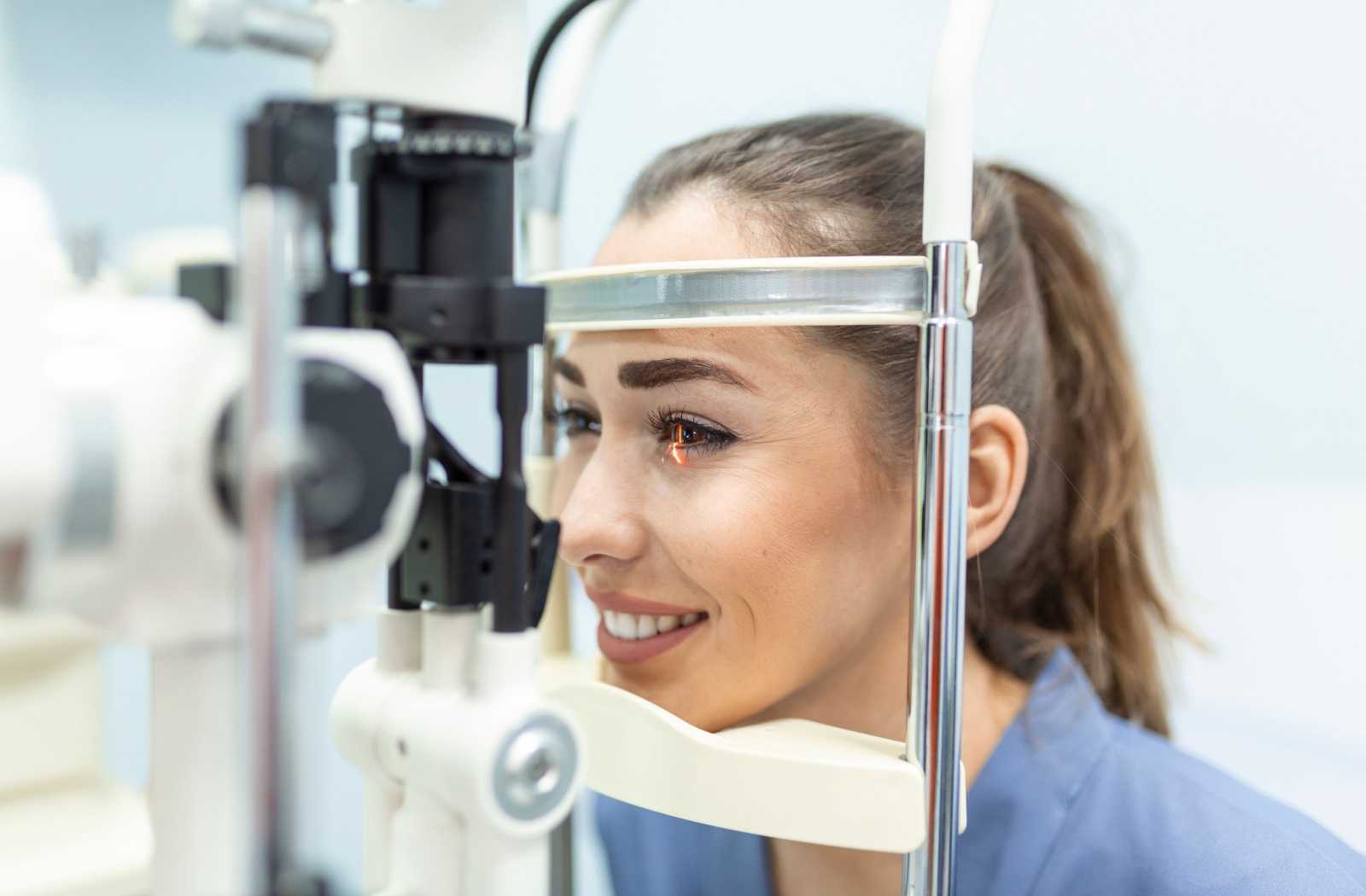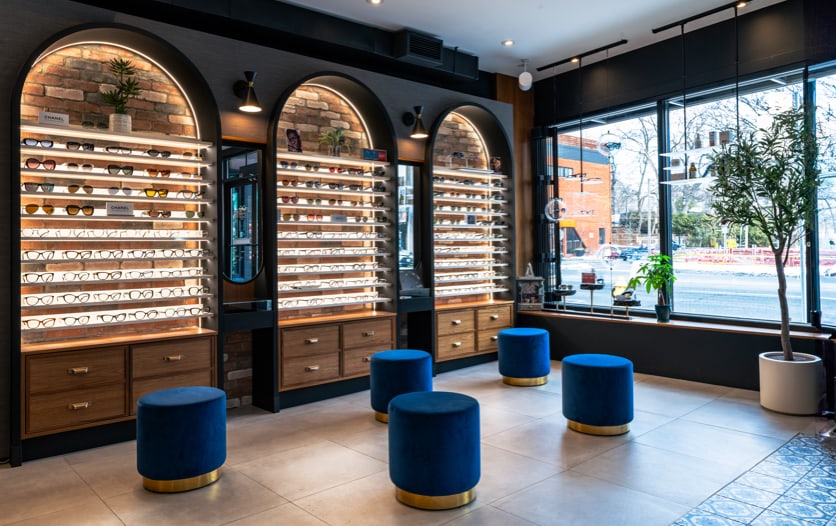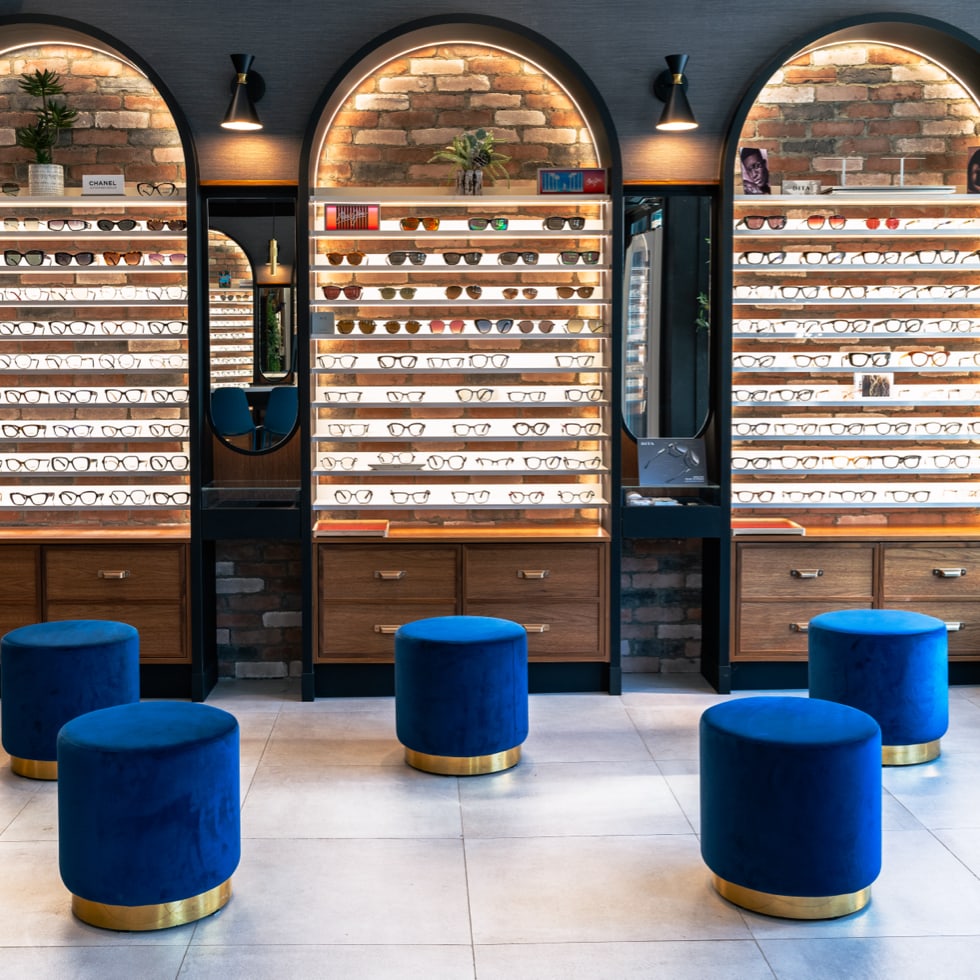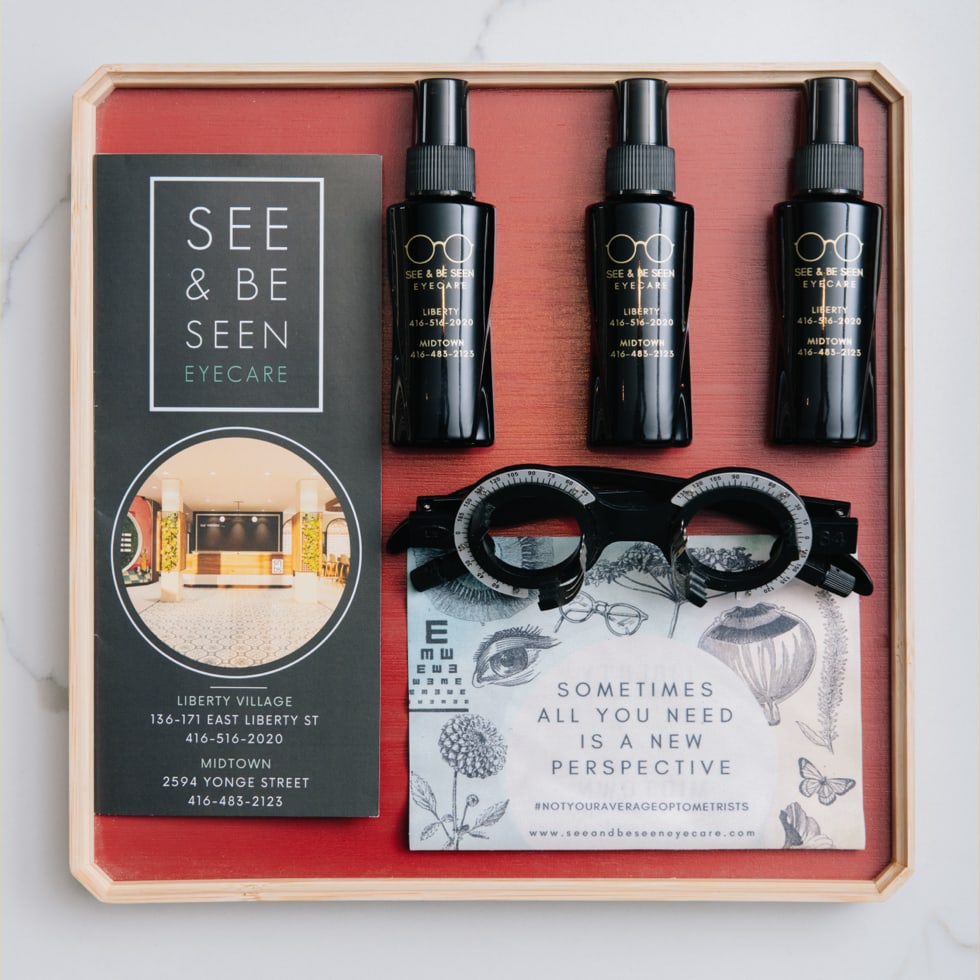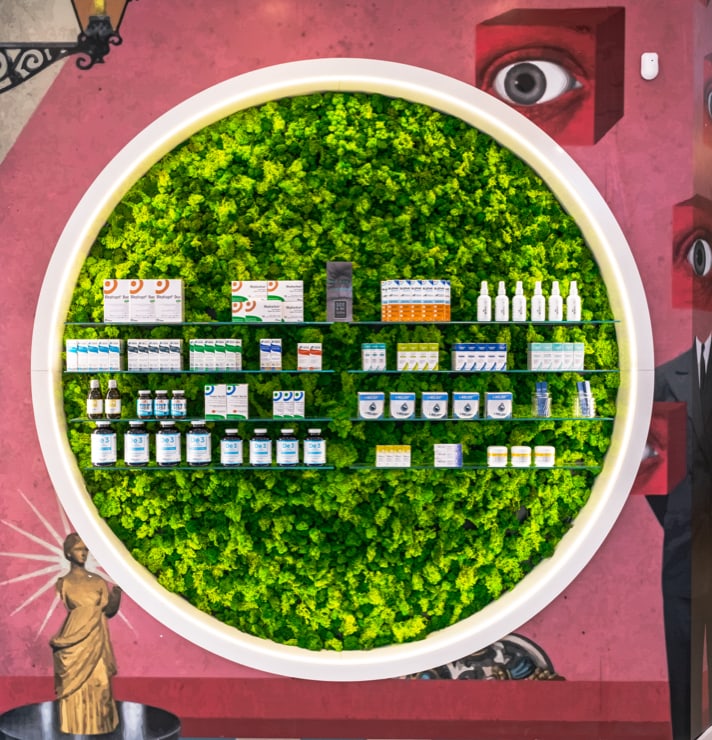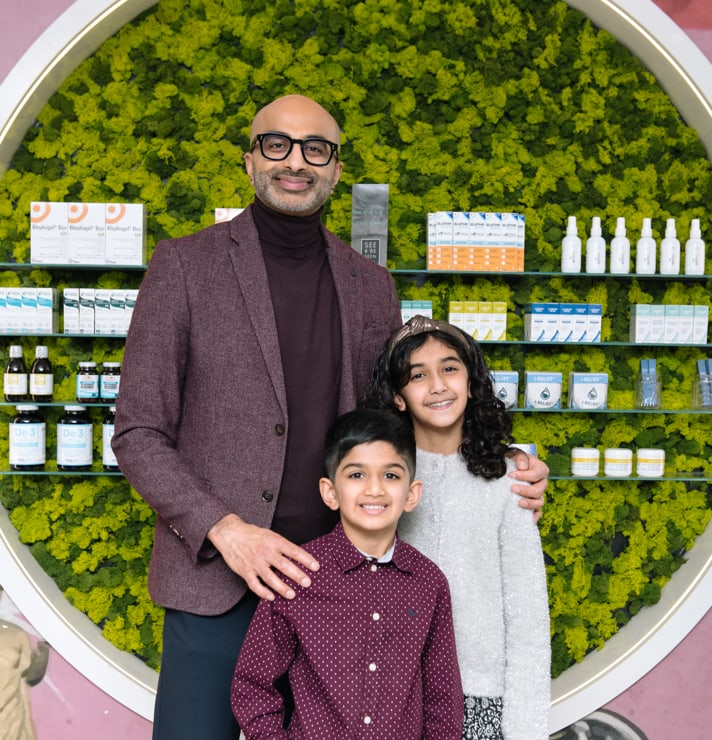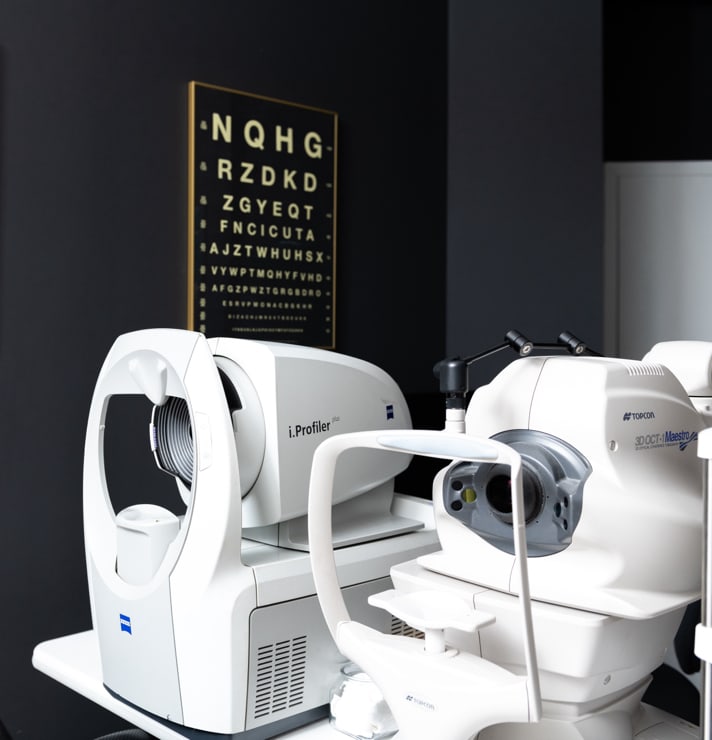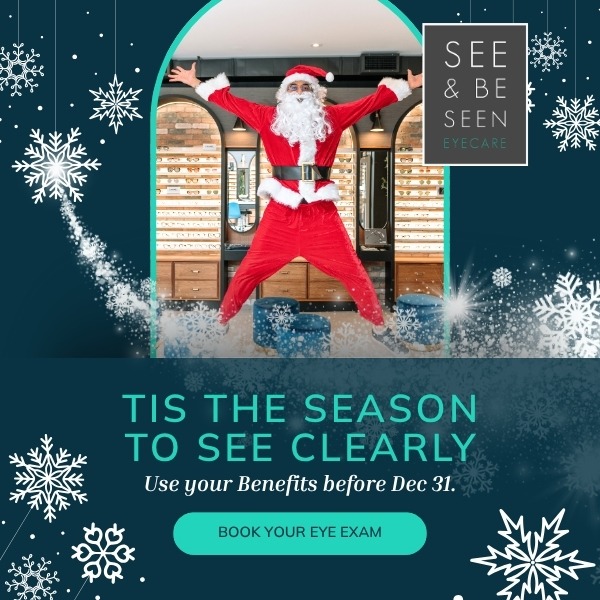You might think an eye exam is just about reading letters on a chart, but there’s so much more happening during your visit. A comprehensive eye exam goes far beyond checking if you need glasses, it’s a complete health check for your eyes and can even detect serious conditions like diabetes or brain tumours before other symptoms appear.
A comprehensive eye exam is a thorough evaluation of your vision and eye health that includes detailed testing of your eye function, pressure measurements, and examination of internal eye structures to detect diseases and vision problems early. At See & Be Seen Eyecare, we provide this essential service to safeguard your vision and overall health.
Your Complete Eye Health Check-Up: More Than Just Reading Letters
The difference between a basic vision screening and a comprehensive eye exam is like comparing a quick temperature check to a full physical. Vision screenings only test how well you see at a distance, missing many important aspects of your eye health.
During adult eye exams, we examine every part of your visual system and look for signs of eye diseases that often have no early symptoms. This thorough approach helps catch conditions like glaucoma, macular degeneration, and diabetic eye disease when treatment can be most effective.
What Happens During Your Eye Exam
Your Health History & Current Concerns
We start by discussing your family history and any health conditions you have. This information helps us understand your risk factors for certain eye diseases and how your overall health might affect your vision.
Your work environment, current medications, and any vision changes you’ve noticed all play important roles in your eye health. Even medications for other conditions can affect your eyes, so we review everything together.
Vision & Focus Testing
The familiar eye chart is just one part of vision testing. We also check how well your eyes work together, track moving objects, and focus at different distances.
Peripheral vision testing helps detect glaucoma and other conditions, while colour vision checks can reveal inherited colour deficiencies or eye diseases. The refraction test determines your exact prescription for eyeglass frames and sunglasses or contact lens fittings.
Eye Health Examination
We use a slit lamp to examine the front of your eyes in detail, checking for signs of dry eye, infection, or other conditions affecting the cornea, lens, or eyelids.
Your exam also includes tests to measure eye pressure and screen for glaucoma, along with digital retinal imaging and OCT (optical coherence tomography) to capture high-resolution scans of the retina, macula, and optic nerve. These technologies allow us to detect early signs of eye disease, usually without needing to dilate your pupils.
Dilation may still be recommended if we need a wider view of the retina, if imaging reveals something that requires closer evaluation, or if you’re at higher risk for conditions like diabetic eye disease or retinal damage.
Children’s Eye Exams: What Parents Need to Know
When to Schedule Your Child’s First Eye Exam
Children’s eye exams should start much earlier than most parents realize. We recommend the first exam between 6-9 months of age, even though your baby can’t read an eye chart yet.
Preschoolers need at least one comprehensive exam between ages 2-5, and school-age children benefit from annual exams. Early detection of vision problems can prevent learning difficulties and help with myopia management.
Warning Signs That Need Immediate Attention
Watch for behaviours like frequent squinting, eye rubbing, or your child covering one eye to see more clearly — these can be early signs of vision trouble that need a professional eye exam.
Red or watery eyes, sensitivity to light, or difficulty staying focused on books or screens may also signal an underlying eye condition. If one eye consistently turns inward or outward, schedule an eye exam as soon as possible. This may be a sign of strabismus (eye misalignment), which is easier to treat when caught early.

How Often You Need Comprehensive Eye Exams
Adults Without Known Risk Factors
Most adults benefit from a comprehensive eye exam every year, even if their vision seems stable. Many eye conditions—such as glaucoma, macular degeneration, and early cataracts—develop without symptoms, and yearly exams help detect changes before they affect daily life.
Adults Who Should Not Skip Annual Exams
Some groups should maintain at least yearly eye exams because their eyes require closer monitoring, including:
- Contact lens wearers
- Adults who have had eye surgery (LASIK, cataract, etc.)
- People who spend long hours on digital screens
- Patients with early signs of dry eye, allergies, or eye strain
These exams help ensure the cornea stays healthy, lenses remain properly fitted, and prescription changes are managed safely over time.
Patients Who May Need More Frequent Care
Some medical conditions and risk factors may require exams every 6–12 months instead of once a year. This includes:
- Diabetes or high blood pressure
- A family or personal history of glaucoma, macular degeneration, or retinal disease
- Progressive or rapidly changing prescriptions
- Use of medications that can affect the eyes
- Existing eye disease under treatment
Your optometrist will recommend the exam schedule that best supports your long-term eye health.
Why Simple Vision Screenings Aren’t Enough
What Screenings Miss
School and workplace vision screenings only test distance vision, missing many important aspects of eye health. They can’t detect eye diseases in their early stages or problems with eye coordination and focusing.
Conditions like glaucoma, diabetic eye disease, and macular degeneration often have no symptoms until significant damage occurs. Basic screenings simply aren’t designed to catch these serious conditions early.
The Value of Professional Eye Care
Our office uses specialized equipment that’s not available during basic screenings. Digital eye strain assessment, blepharitis treatment tools, and IPL & RF dry eye therapy equipment help us provide comprehensive care.
Professional training allows us to recognize subtle signs of eye disease and provide treatments like Ortho-K lenses for myopia management. We can also detect signs of systemic health issues during your eye exam.
Preparing for Your Eye Exam & What to Expect
What to Bring to Your Appointment
Bring your current glasses and contact lenses, even if they’re old or broken. We need to see what you’re currently using and how well it’s working for you.
A list of your medications, health insurance information, and family health history helps us provide the most comprehensive care. This information guides our examination and treatment recommendations.
After Your Exam
We’ll review your results with you and explain any treatments that may be recommended — whether that means updating your glasses or contacts, managing dry eye symptoms, or treating issues with the eyelids or tear glands. You’ll understand exactly what we found and why each recommendation matters.
If your pupils are dilated during the exam, you may experience temporary light sensitivity for a few hours. We’ll provide disposable sunglasses and let you know if any follow-up care is needed.
Your vision is our priority, and we’re committed to providing personalized care supported by modern technology and clear communication.
Book your comprehensive eye exam at either of our convenient Toronto locations — Liberty Village or Midtown — to get started.

